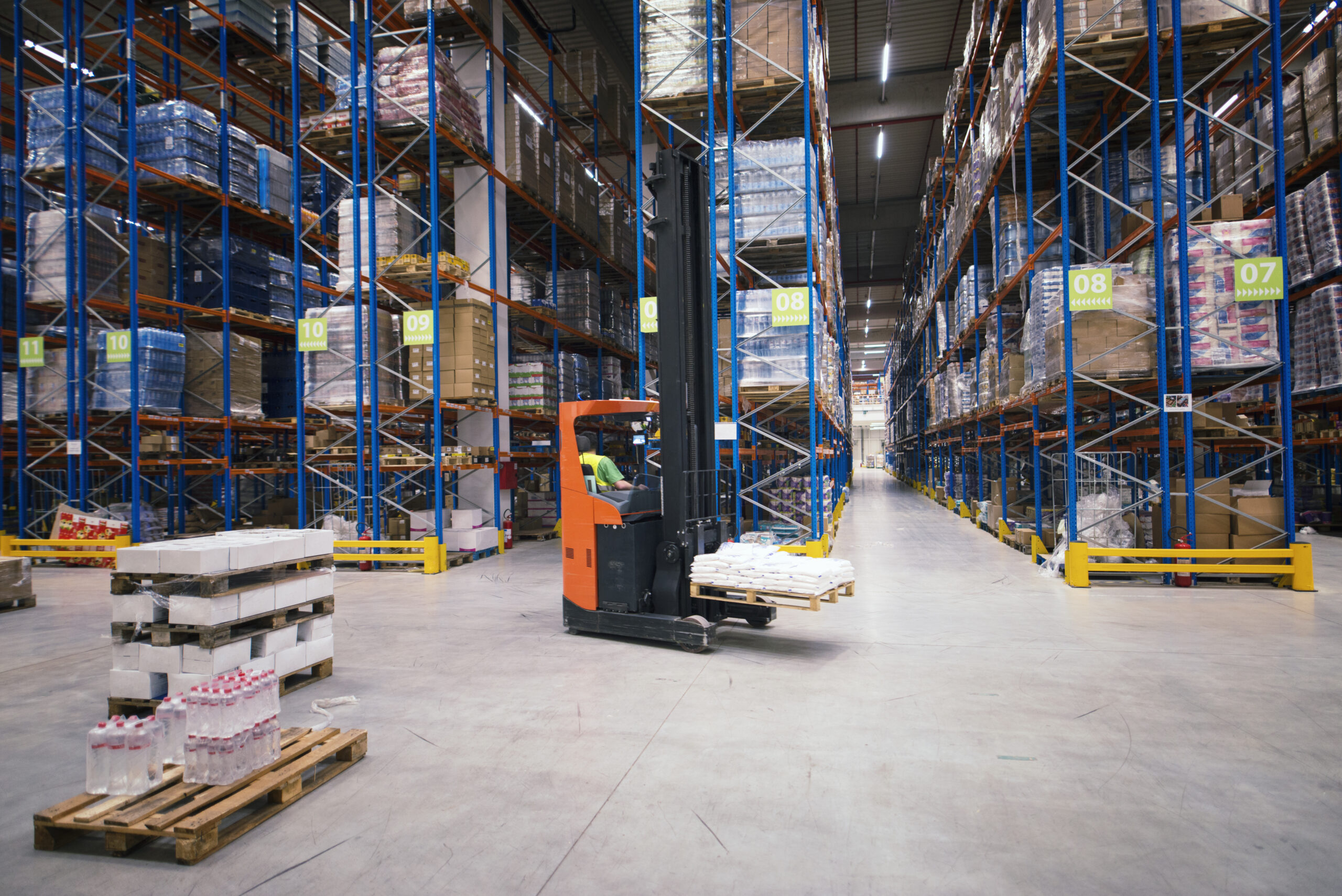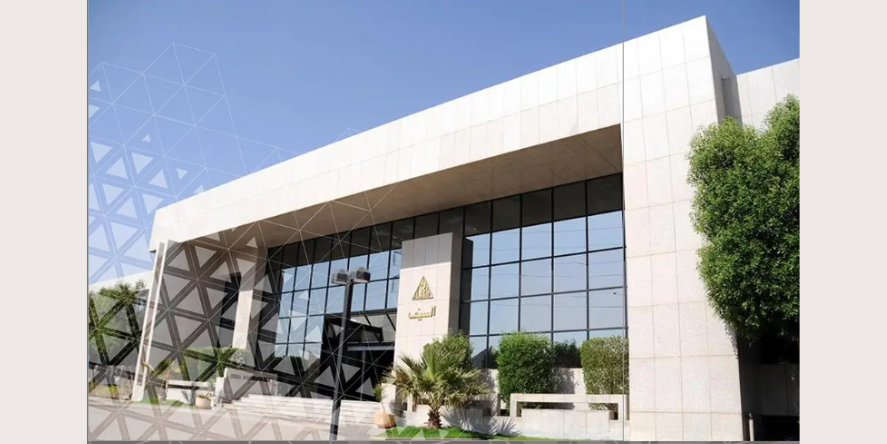Selecting the right forklift for your business is crucial for efficiency and safety in material handling operations. Whether you’re managing a warehouse, construction site, or retail outlet, understanding your specific needs will help you make an informed decision. Here’s a detailed guide to help you choose the perfect forklift for your requirements.
Understand Your Load Requirements
The first step in choosing the right forklift is understanding your load requirements. Choosing the right forklift hire involves assessing your load requirements, operating environment, lift height, fuel options, and additional features to ensure it meets your operational needs and enhances productivity
Consider the following aspects:
- Weight Capacity: Forklifts come with various weight capacities, typically ranging from 1,000 to over 50,000 pounds. Ensure the forklift can handle the heaviest loads you’ll need to move.
- Load Size and Shape: The dimensions and shape of the load affect the type of forklift you need. For instance, bulky or irregularly shaped items may require specialized attachments or a forklift with a higher lift capacity.
Evaluate the Operating Environment
Your work environment plays a significant role in determining the type of forklift you should hire. Consider the following factors:
- Indoor vs. Outdoor Use: Electric forklifts are ideal for indoor use due to their zero emissions and quieter operation. For outdoor environments, diesel or LPG forklifts are more suitable due to their robust performance on uneven terrain.
- Floor Conditions: Analyze the surface conditions of your workspace. Pneumatic tires are better for rough, outdoor surfaces, while cushion tires are suitable for smooth, indoor floors.
- Space Constraints: Consider the maneuverability required in your workspace. Narrow aisle forklifts or reach trucks are ideal for tight spaces, while counterbalance forklifts are better suited for larger, open areas.
Consider Lift Height and Reach
The height to which you need to lift your loads is another critical factor. Forklifts have varying maximum lift heights, so choose one that matches your needs. For high stacking in warehouses, a forklift with a high reach and stability is essential. Also, consider the collapsed height of the forklift to ensure it fits through doors and under overhead obstructions.
Assess Fuel Options
Forklifts are powered by different fuel types, each with its advantages and disadvantages: –
- Electric Forklifts: Ideal for indoor use, they are quieter, have no emissions, and generally require less maintenance. However, they need a charging infrastructure and have a limited runtime before needing a recharge.
- Diesel Forklifts: Suitable for outdoor and heavy-duty applications, they offer high power and longer runtime but are noisier and emit exhaust gases.
- LPG Forklifts: Versatile for both indoor and outdoor use, they provide a good balance of power and emissions, but handling and storing LPG can be cumbersome.
Evaluate Additional Features and Attachments
Consider any additional features or attachments that might enhance productivity and safety:
- Side Shifters: Allow the forks to move side-to-side, improving load placement accuracy.
- Rotators: Useful for industries where loads need to be tipped or dumped.
- Fork Positioners: Enable the operator to adjust the fork width for handling various load sizes.
Safety and Ergonomics
Safety should always be a top priority. Ensure the forklift has necessary safety features such as seat belts, overhead guards, and backup alarms. Ergonomic features like adjustable seats and easy-to-use controls can reduce operator fatigue and increase productivity.
Cost Considerations
Finally, consider the cost of hiring a forklift. While it might be tempting to go for the cheapest option, ensure it meets all your operational needs and complies with safety standards. Sometimes, investing a bit more upfront can save costs in the long run by improving efficiency and reducing downtime.
Conclusion
Choosing the right forklift involves a careful assessment of your load requirements, operating environment, lift height, fuel options, and additional features. Always consult with a professional supplier to get tailored advice for your specific situation.
Blog Received On Mail











